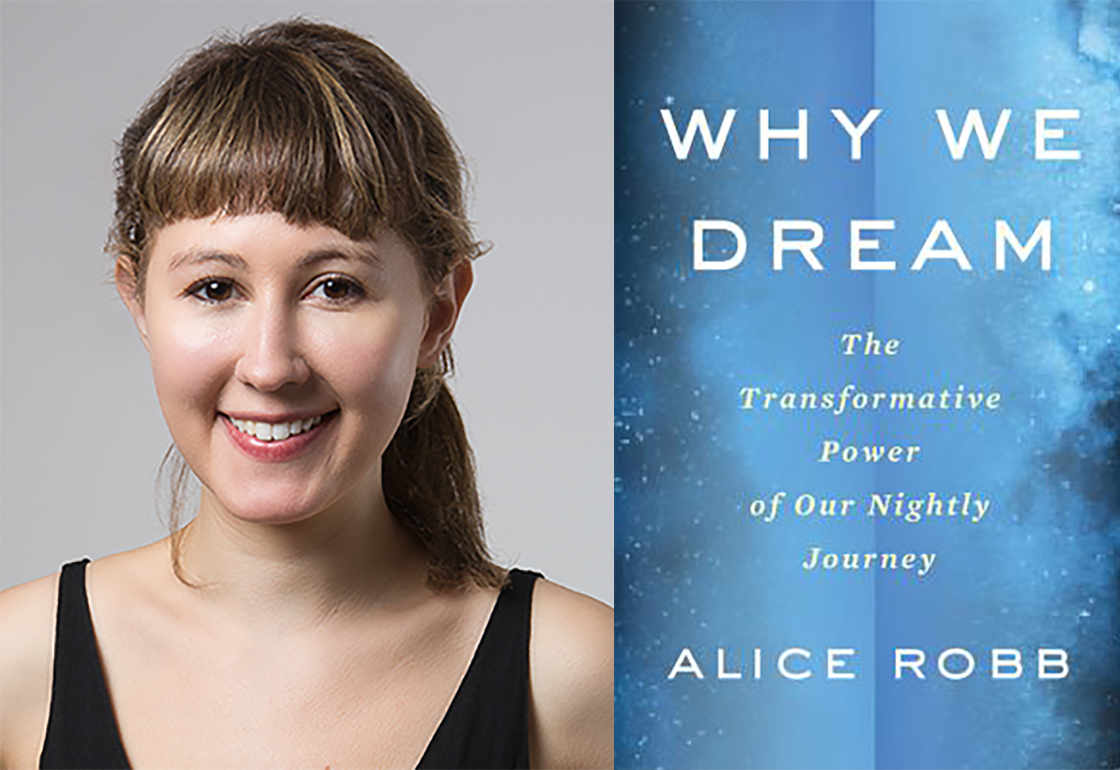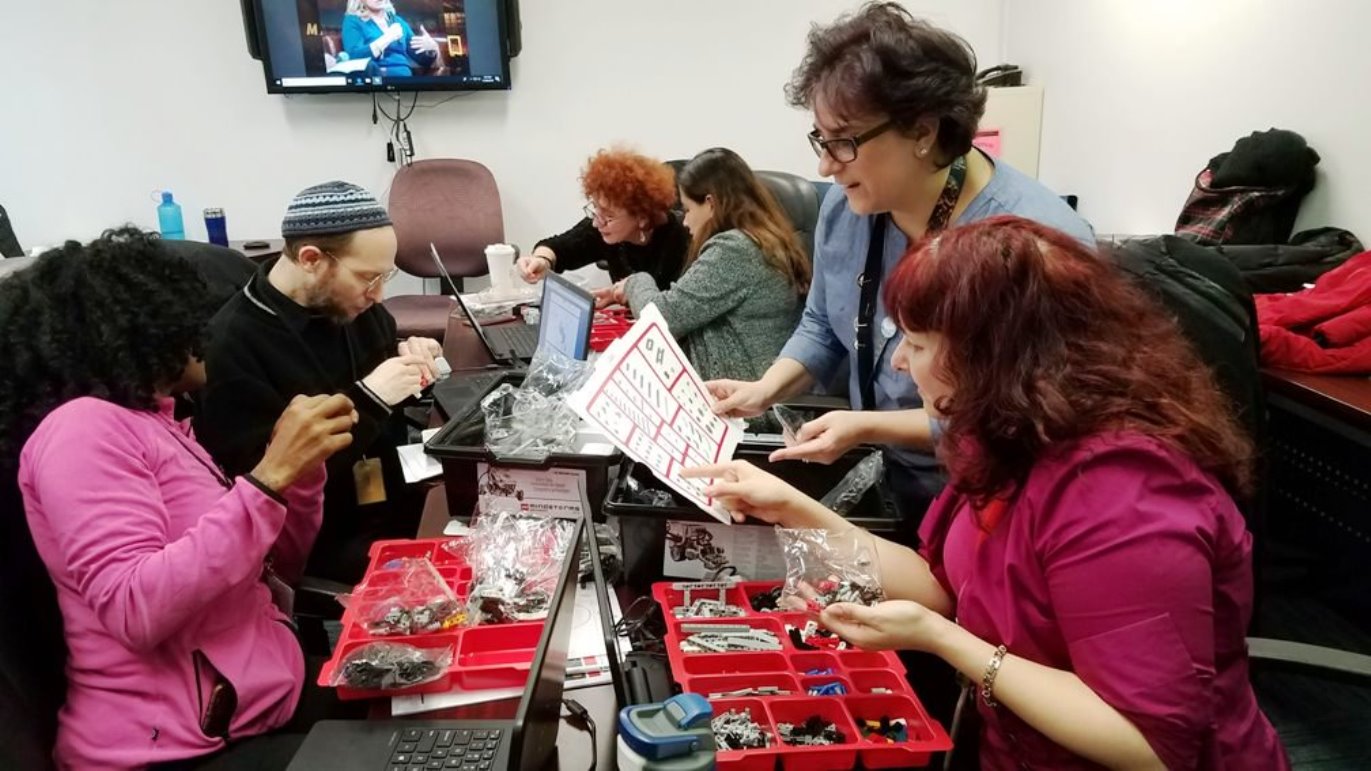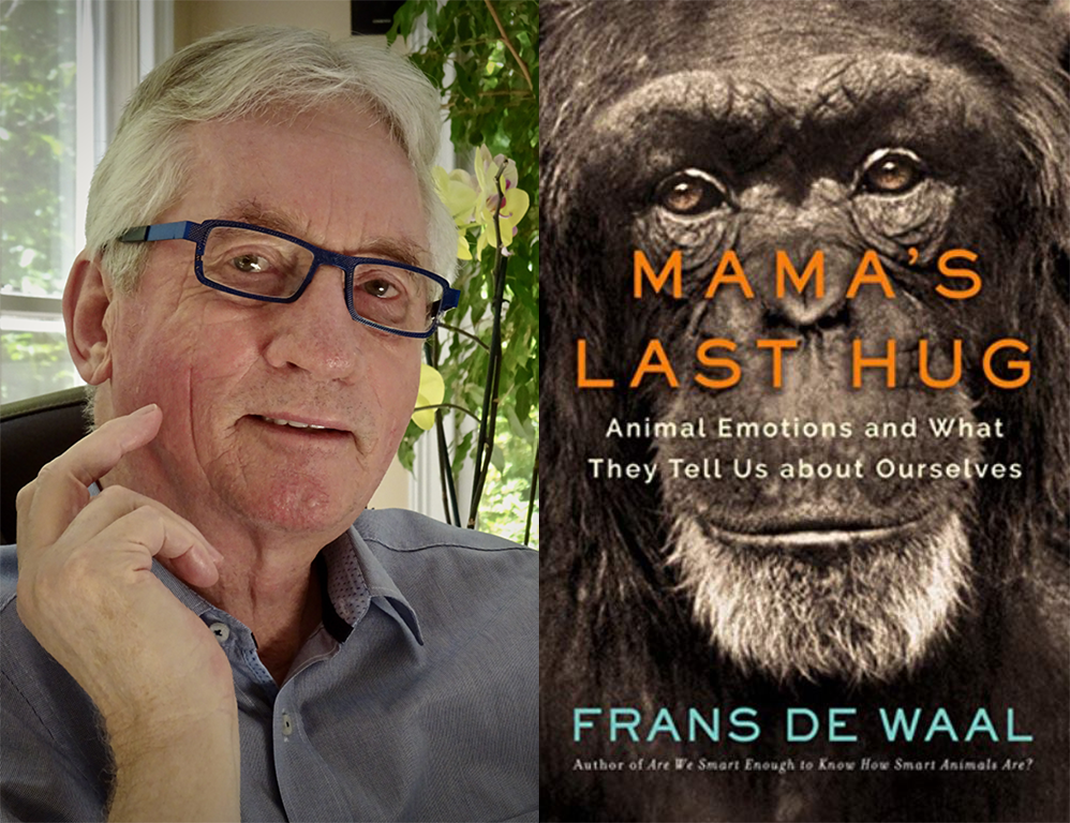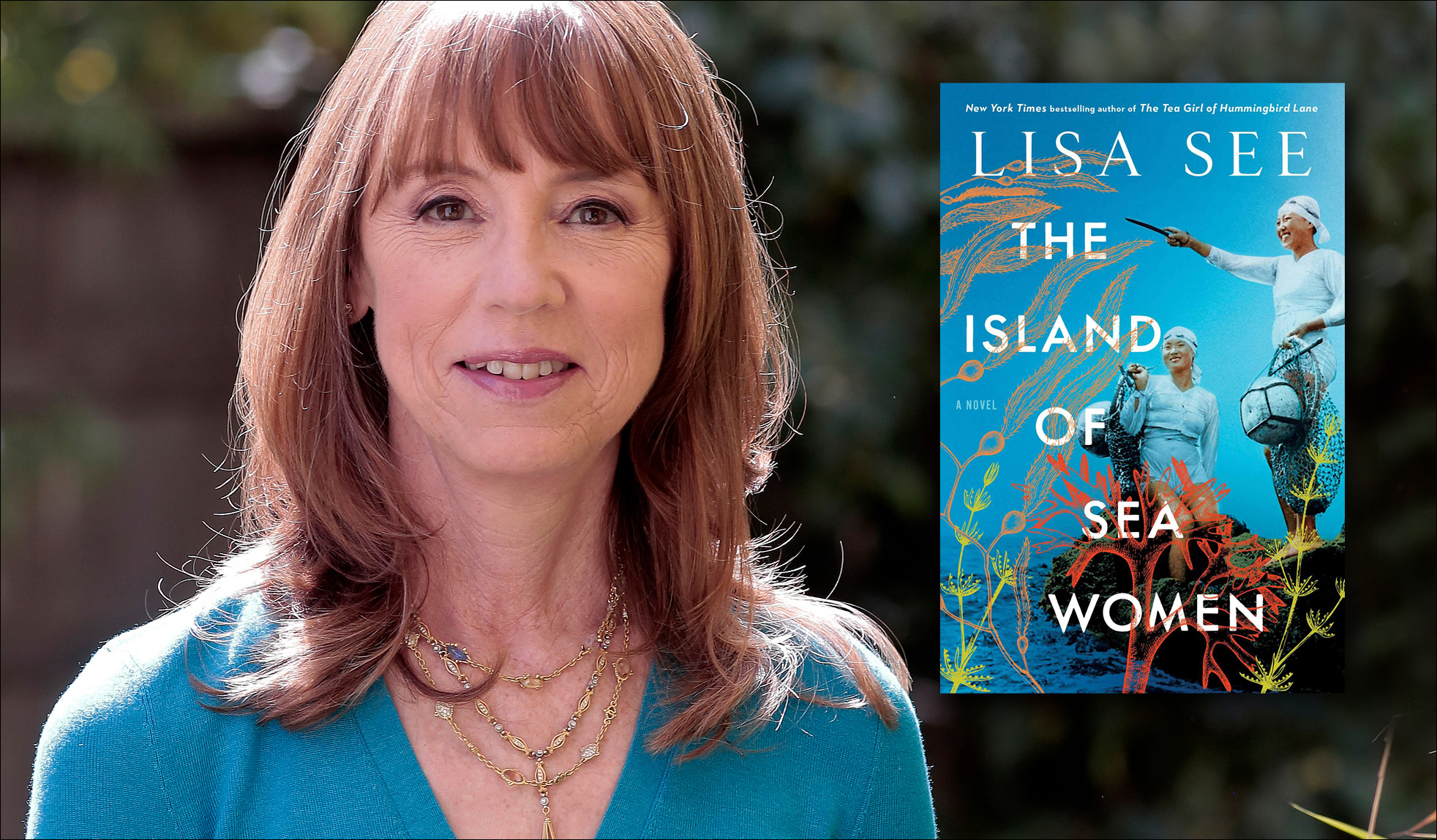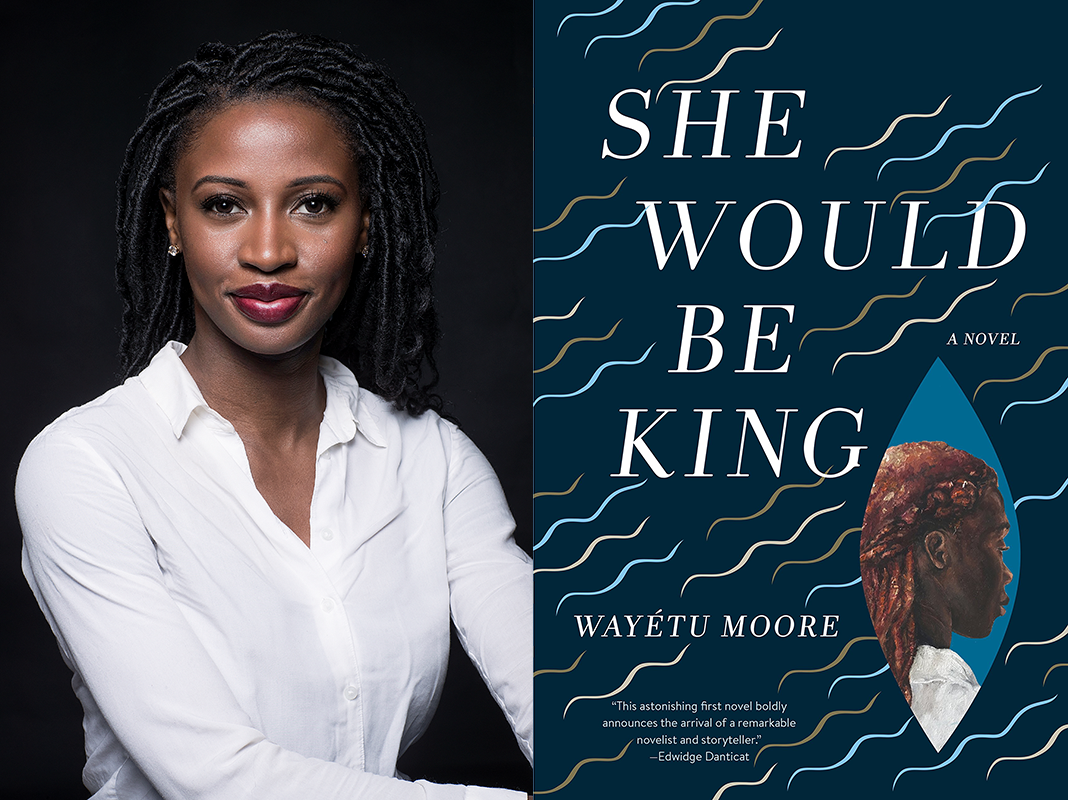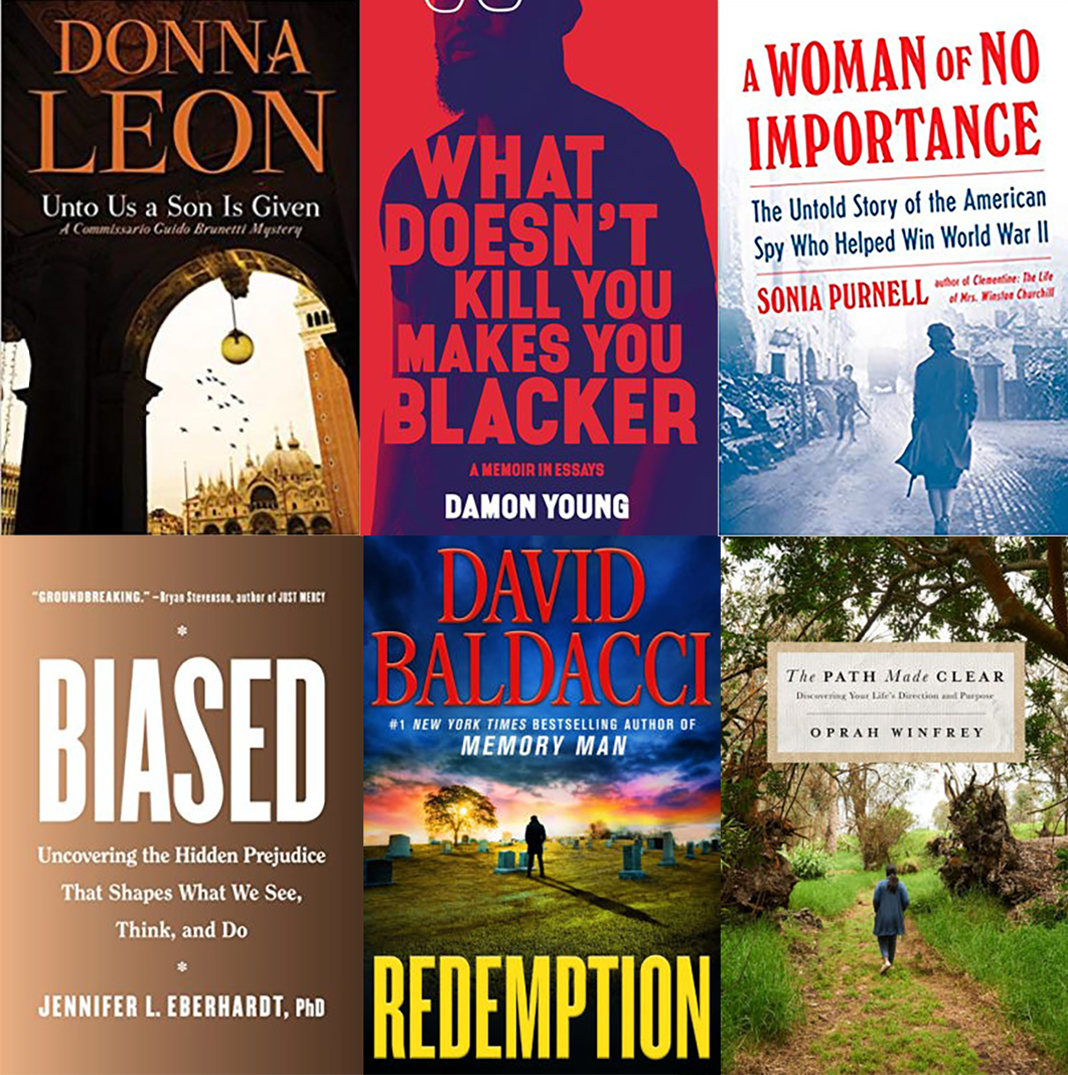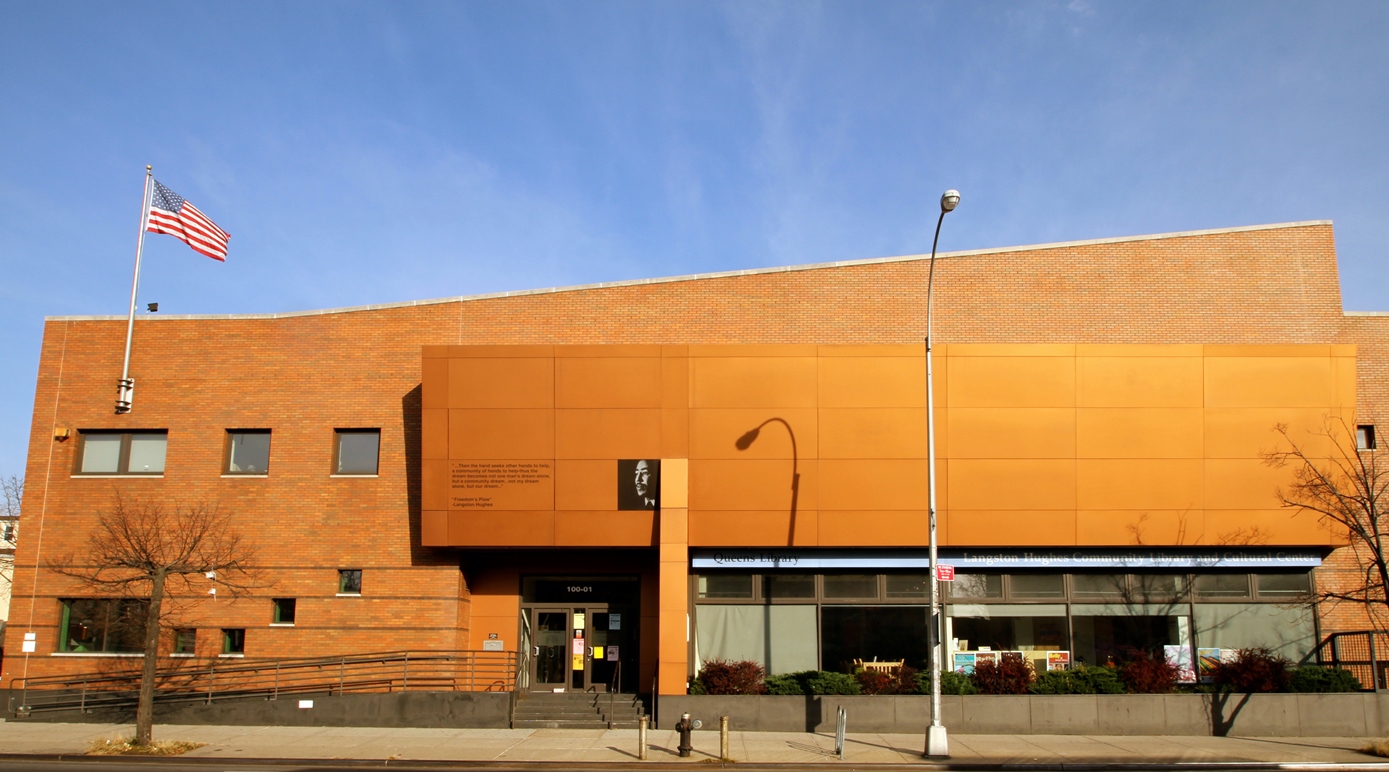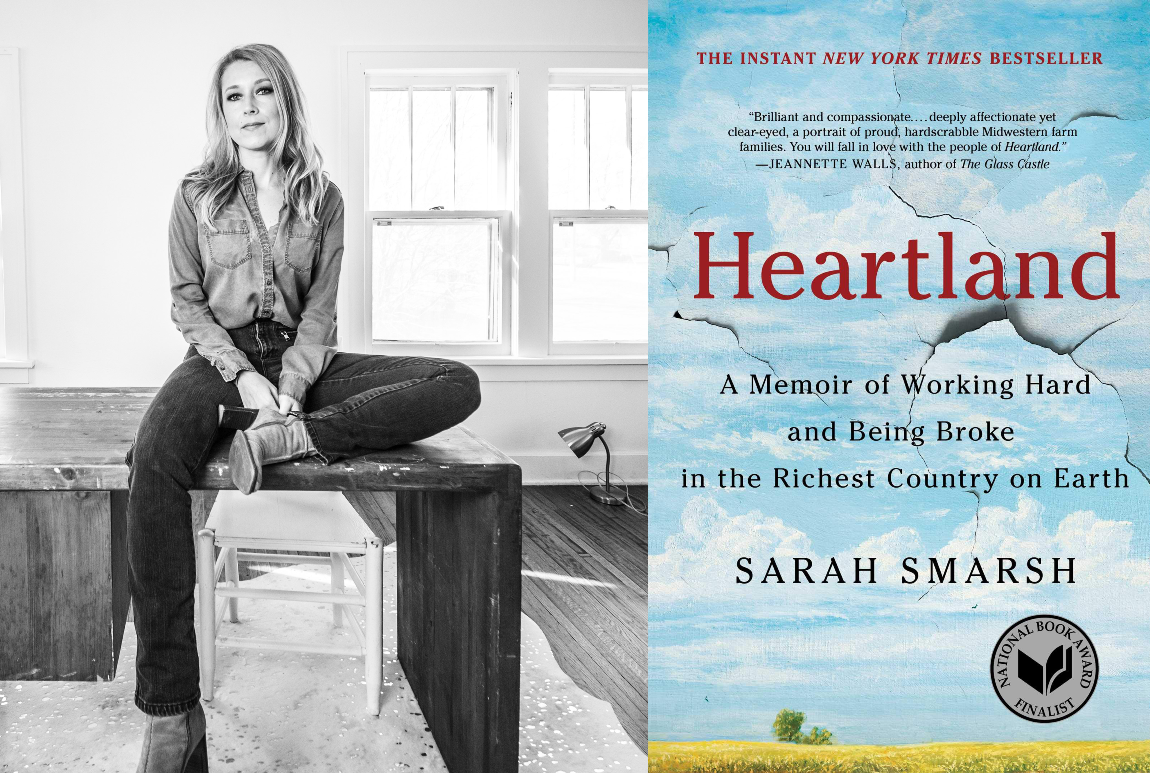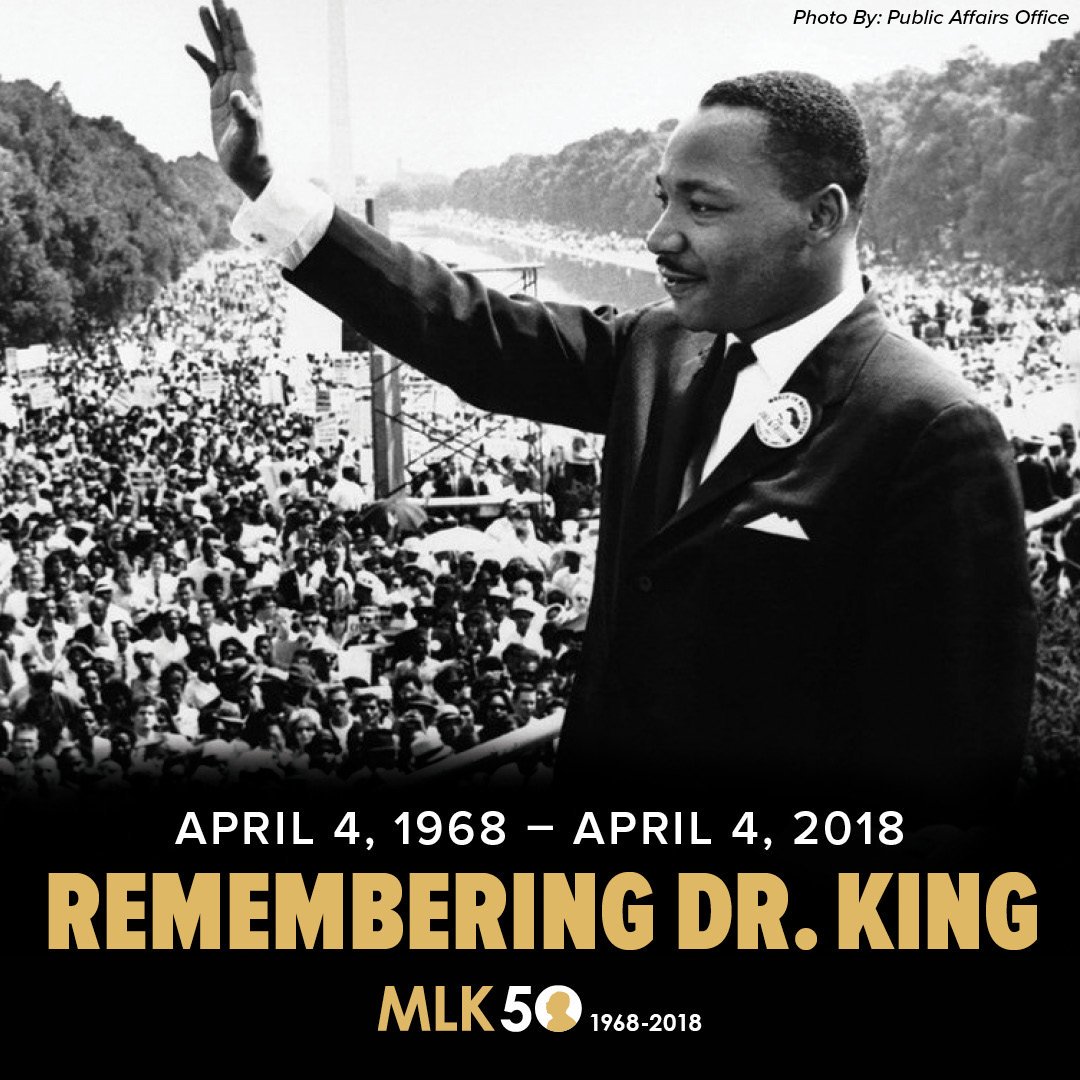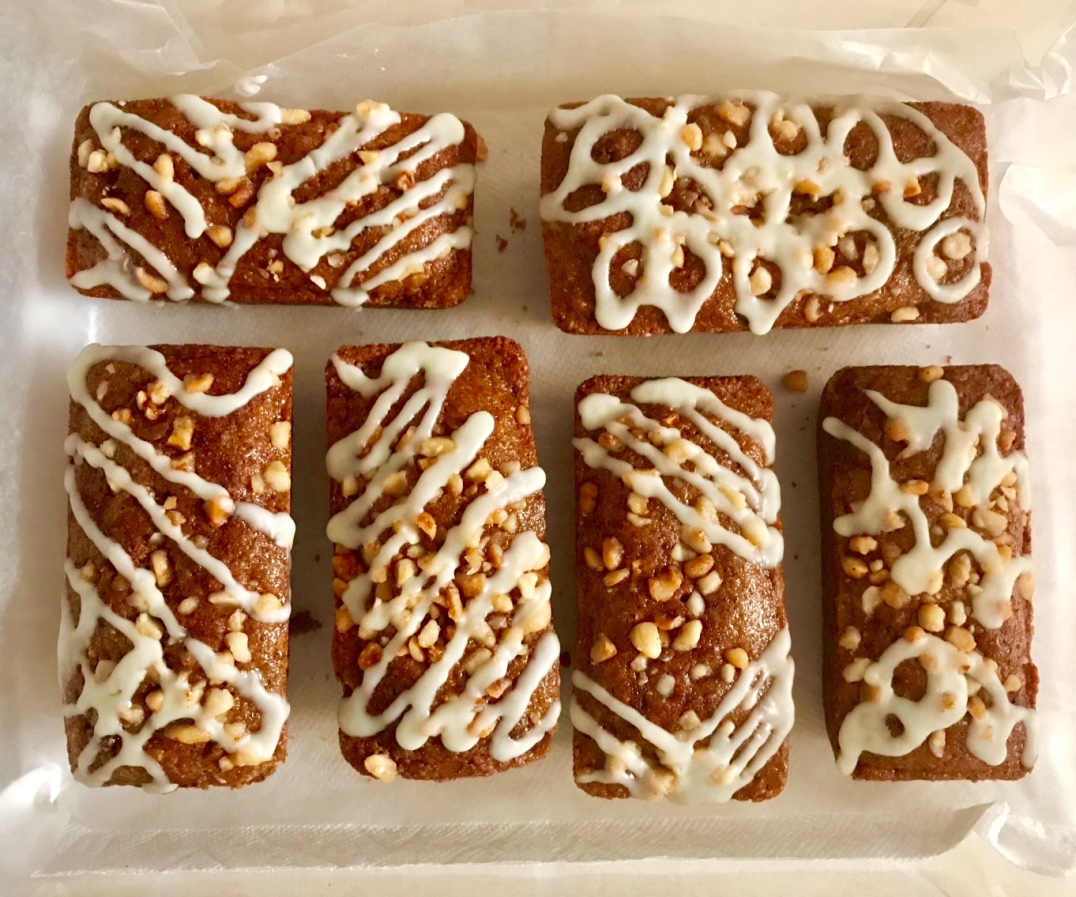Alice Robb has always been curious about her own dreams—which she says “have been very vivid for as long as I can remember."
Her new book, Why We Dream: The Transformative Power of Our Nightly Journey, is a fresh approach to explain how dreams work, what dreams are for, and how dreams can help us in our waking lives.
She wrote most of her new book in a public library, noting that “there’s something very inspiring about being surrounded by books that have actually been published when finishing your own feels far away.” It took Robb about three years to finish the book—enough time to “read around the topic, fall down rabbit holes, try things out and throw them away.”
Robb was accustomed to working on articles, which required more focus and rarely took more than a month. In 2011, she read the book Exploring the World of Lucid Dreaming by lucid dream pioneer Stephen LaBerge, and used his techniques to induce lucid dreams. The first step toward lucid dreaming, she says, is to keep a dream journal and remind yourself before bed that you want to remember your dreams. LaBerge suggests you ask yourself throughout the day whether you’re awake or asleep as a means of testing your reality.
In 2014, she had a nightmare that led her to start researching the meaning of dreams and why we have them. Unlike most books on dreams that are narrowly focused — for example, on “neuroscience of dreams, dreams in literature or psychoanalysis, the dreams of Civil War soldiers or Holocaust survivors”—Robb wanted her book to explain the current scientific theories of dreams while also incorporating culture and history.
Robb says that we dream every night, even when we don’t remember our dreams, and that it’s easy for most people to remember more of their dreams. “Dreaming,” she says, “helps us form memories, solve problems, work through our anxieties, and maintain our mental health.”
In writing her book, she was helped by some science books and memoirs to determine the tone and style she wanted to convey to readers. These include David J. Morris’s The Evil Hours, about the history of post-traumatic stress disorder, which “was a model for blending empathetic science writing with a personal arc,” Emily Witt’s Future Sex, and Olivia Laing’s The Lonely City. The latter two were helpful for thinking about how to combine history, reporting, and memoir.
Reading has always been embedded in Robb’s life—she reads to learn, to escape, and to relax. “I feel extremely lucky to be able to consider reading a part of my job,” Robb says. She believes that reluctant readers just haven’t found what they like to read yet— and encourages them to let go of whatever ideas they have about what they are “supposed” to read and look for what engages them.
As for herself, Robb has a lengthy list of favorite contemporary writers, including Elena Ferrante, Tessa Hadley, Rachel Cusk, Mary Gaitskill, Emmanuel Carrere, Jenny Diski, Asne Seierstad, Barbara Demick, Vivian Gornick, and Larissa MacFarquhar.
She’s now enjoying working on a few articles, which are more finite than a book, including one about a scandal in the Charleston ballet world. To readers, Robb advises, “Keep a dream journal. Even if the habit doesn’t stick, it’s worthwhile to have spent a little time thinking about what’s going on in your head every night.”
This is just one of the great stories you can read in the November/December 2018 issue of Queens Library Magazine. Other articles you may find interesting:

